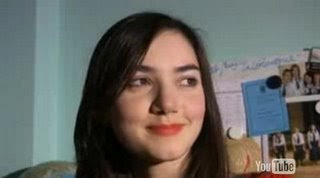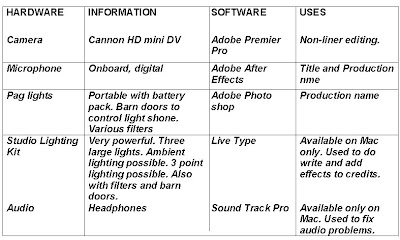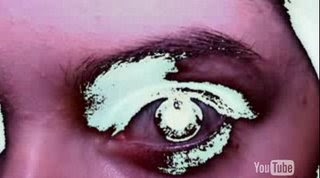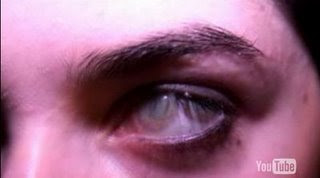Our media product predominantly represents females in the current society. The approach we used involved building upon common stereotypes and archetypes with which society regards women at present.
Using aspects of our mise en scene (listed below), we were able to successfully represent two very different yet equally realistic stereotypes for women: The first is our main character and the murderer, and second her roommate who is an extreme opposite. Here is how we went about constructing our characters through what we revealed on screen.
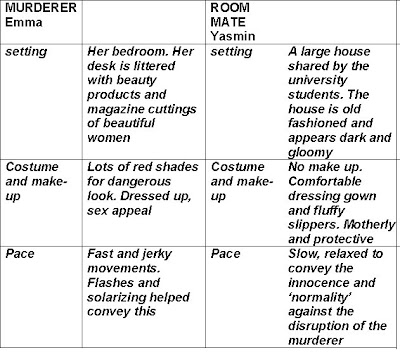
Evidently our product aimed to portray the duality of female representation with both, the murderer’s insecurity and yearn to be considered beautiful, contrasted with the room mate, a more motherly and caring character.
Levi-Strauss, a theorist, concluded that stories are organised into binary opposites. I believe this is a particularly useful theory to be considered in conjunction with our product. Examples of some of the opposites I came across are:
• Good and evil
• Beautiful and simple
• Normality and disruption
• Insecure and secure
• Discontent and satisfaction
Furthermore, with the realisation that our product would not only represent females, but also society in general, we discussed the benefits of casting an ethnic mix of actors. We believe, that with such diverse surrounding bringing together people from numerous different backgrounds, it was a good idea to let our product convey how we feel society has developed, and how that has changed the face of the media industry.
Levi-Strauss, a theorist, concluded that stories are organised into binary opposites. I believe this is a particularly useful theory to be considered in conjunction with our product. Examples of some of the opposites I came across are:
• Good and evil
• Beautiful and simple
• Normality and disruption
• Insecure and secure
• Discontent and satisfaction
Furthermore, with the realisation that our product would not only represent females, but also society in general, we discussed the benefits of casting an ethnic mix of actors. We believe, that with such diverse surrounding bringing together people from numerous different backgrounds, it was a good idea to let our product convey how we feel society has developed, and how that has changed the face of the media industry.
